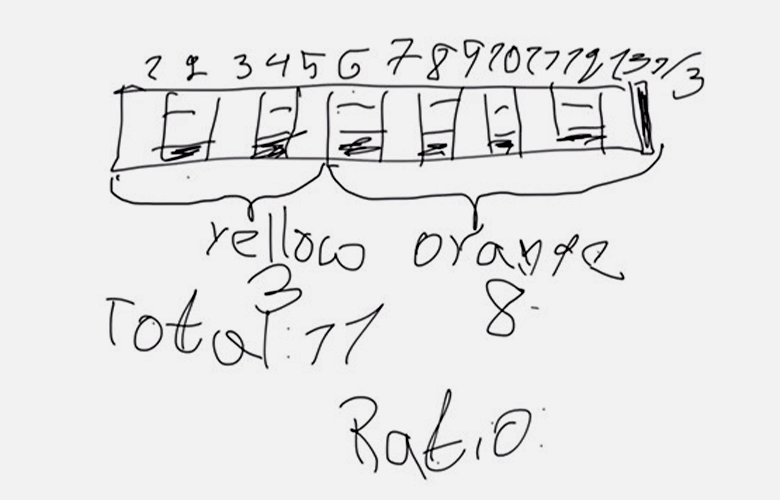
When I describe my work of supporting mathematics teachers who have students who are emergent multilingual in their classes, people sometimes ask, “Isn’t math class a natural place for students who are still learning English to thrive? Math is about numbers and geometric shapes—not words. Why would math teachers need support?”
It’s true that mathematics class is a natural place for students who are emergent multilingual to excel. Yet it’s important for teachers to carefully intertwine support for students’ language development with their mathematical learning, and mathematics class offers many fruitful opportunities to do so. Mathematics lessons are packed with academic as well as everyday language, including word problems and task instructions, and teachers and students draw upon words to explain mathematical thinking.
How can teachers make the most of this rich learning environment? First, they need to understand their students’ proficiency with reading, writing, speaking, and listening in English (e.g., WIDA—World-Class Instructional Design and Assessment levels). It’s important to keep in mind that these levels do not describe students’ strengths and needs. Learning about each student, how they think about the mathematics, and the resources they draw on will help teachers tailor support accordingly.
My colleagues, Jill Neumayer DePiper and Mark Driscoll, and I focus on three instructional principles that help mathematics teachers support emergent multilingual students:
- Engage students with challenging mathematics tasks: The language that teachers use may need to be simplified, but the mathematics should not be.
- Facilitate students’ language use in mathematics: Use strategies such as co-constructed word banks, sentence starters, revoicing, and multiple reads of mathematical problems. Also, give students frequent opportunities to use and hear written and oral language about mathematics individually, in pairs, and in larger group discussions.
- Use and support multimodal representations of mathematics: Engage students in explaining their thinking by using visual representations, such as mathematical diagrams. Doing so helps students understand the mathematics while also providing visual support as they articulate their reasoning.
I’ve found that it’s incredibly helpful to keep your focus on the mathematical ideas, or seeds of thinking, that are embedded in what students are thinking and talking about. When you do that, you can employ these three principles—engaging students in challenging mathematical work, while integrating strategies that facilitate communication and using visual representations to support students’ mathematical problem-solving and communication.
Johannah Nikula is a mathematics education researcher and project leader at EDC. She focuses on equity and broadening participation in mathematics, in particular for students who are emergent multilingual.
Add new comment